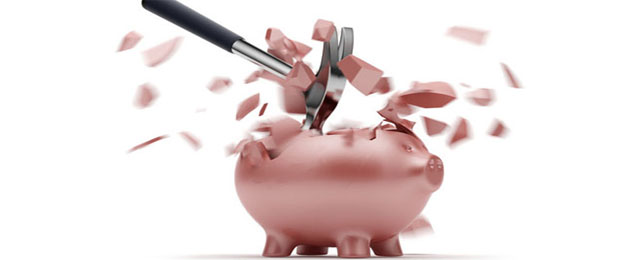We are in a context in which the ECB has firmly anchored the euro as a safe-haven currency and there are regular surpluses in the Eurozone’s payment balances thanks to the low domestic growth and the exporting boost. However, the ECB has been unable to relaunch the credit to European companies. As a matter of fact, it fell by 3.9% in 2013, a complete record.
The thing is, there is no lack of money. Quite on the contrary: there is a huge amount of liquidity at global level (up to 7 trillion according to Thompson Reuter), which represents more than twice than 10 years ago. Nonetheless, there is no sign that such volume will flow to non-financial activities. Globally, investments in productive wealth in relation to sales figures are at their lowest level in the last 22 years.
In the United States, for instance, the growth rate exceeds 3% and both employers and managers are resistant to “set the cash to work.” Several economists identify the feeling of a slow growth in investment with what Robert Solow (Nobel Laureate in Economics) called “the Residual,” i.e. the how and when the product growth doesn’t correspond to the surpluses available of capital and labour.
Solow calculated a residual of 33% between 1920 and 1950. Following the same methodology, the consulting firm McKinsey sets the current residual at 50%.
What’s going on with Spain? Is it the U.S 2.0?
Today, the Spanish economy is better equipped than barely 20 years ago. However, credit is stagnant and it doesn’t flow thus reactivating the growth and the economic system. According to a survey of over 329 companies and conducted by the consulting firm Deloitte, up to 42% of respondents expects the recovery of the Spanish economy in 2014, 21% considers that it will take place by the first quarter of 2015, and up to 25% points 2016 as the year of recovery.
Nonetheless, these companies are less optimistic when asked about the investment expectations. Up to 57% of them don’t seem to be willing to invest their savings so as to expand or improve their business this year. Are we facing a situation similar to that of the US in which the GDP increases but not the capital investment? Let’s try and rely on all those banking ads that offer credit or on the Anglo-Saxon analysts who recommend the purchase of Spanish banks shares…






Be the first to comment on "It’s Time To Look For Investment!"